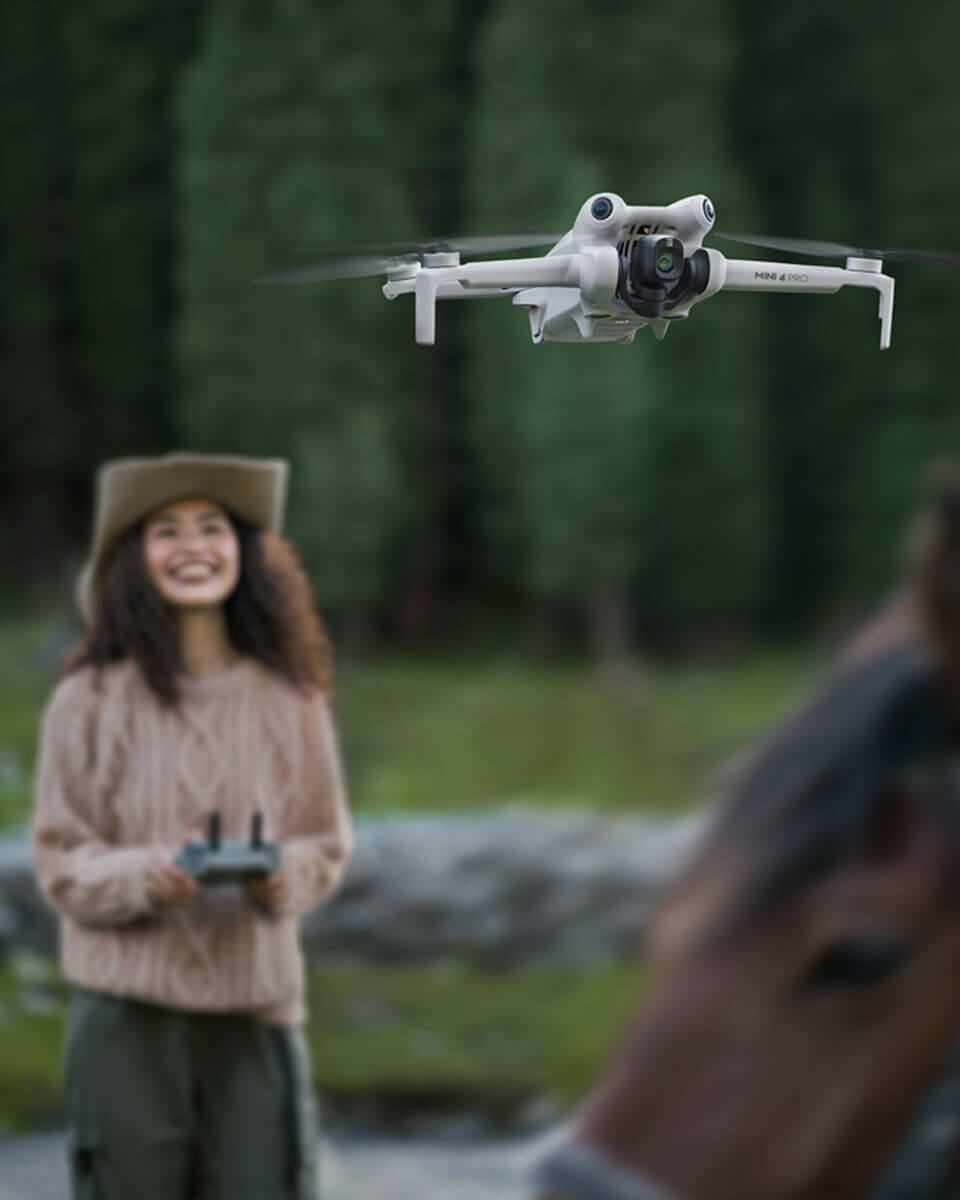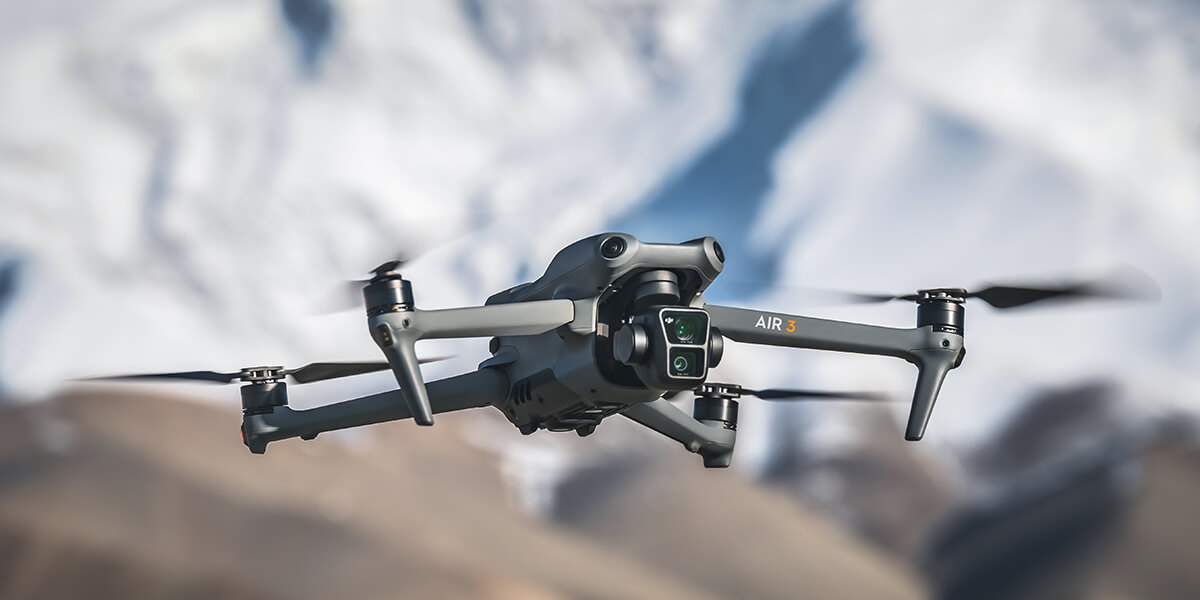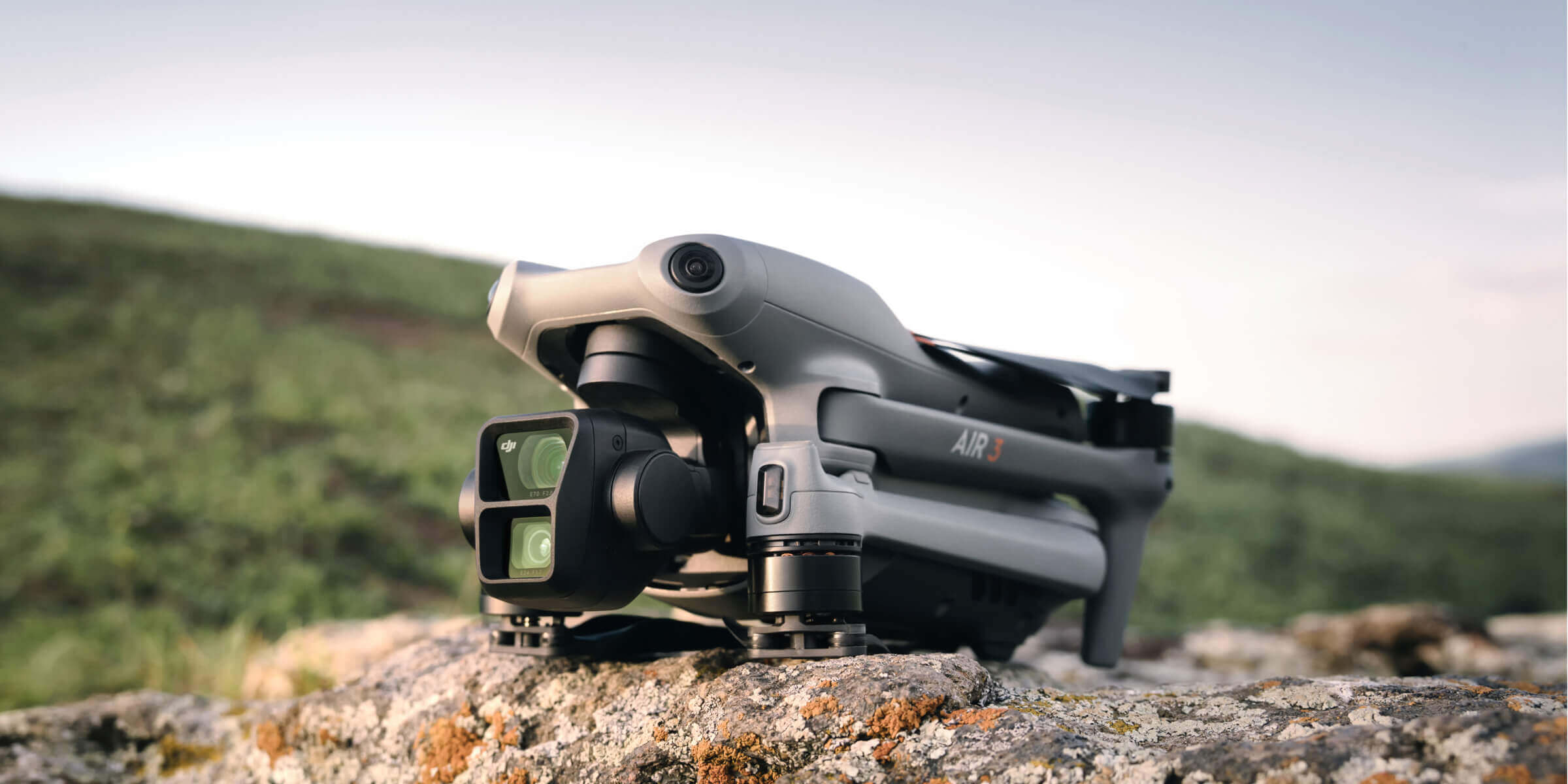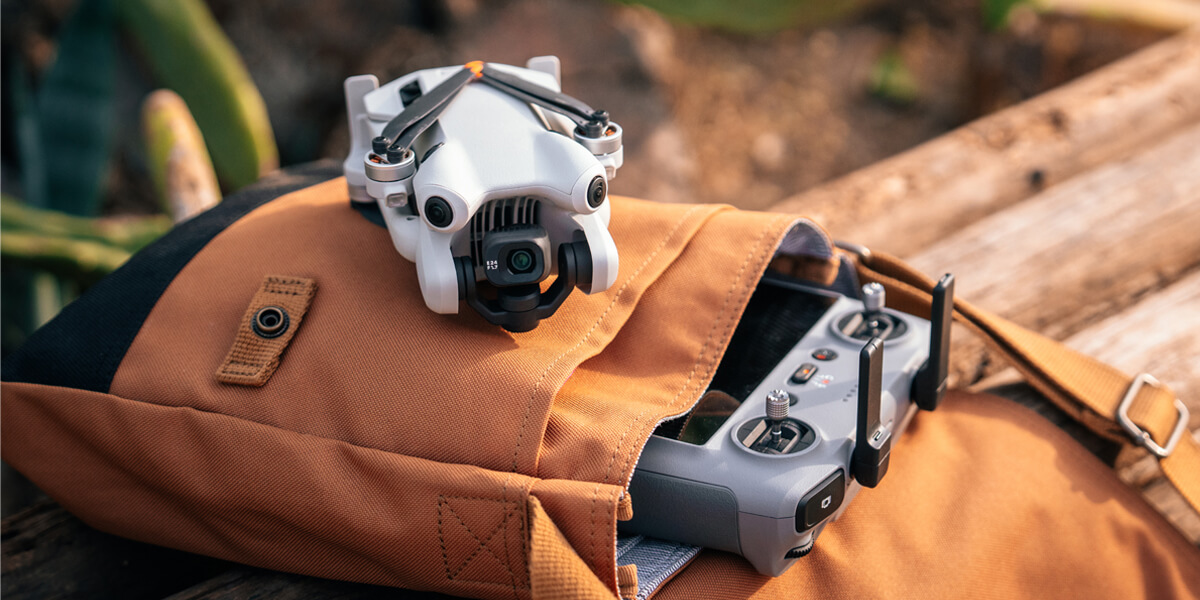
2024 コンパクト カメラドローン購入ガイドへようこそ。さあ、DJI Air 3とDJI Mini 4 Proの情報を具体的にチェックして、どっちのドローンがあなたにぴったりか見ていきましょう。
飛行性能対決
| Mini 4 Pro | Air 3 | |
| 最大飛行時間 | 45分 | 46分 |
| 全方向障害物検知 | 全方向障害物検知 | 全方向障害物検知 |
| 運用限界高度(海抜) | 4000 m | 6000 m |
どちらのドローンも素晴らしい飛行性能と安全機能を搭載しています。具体的にどのようなニーズがあるかで、どちらかを選ぶのがよいでしょう。例えば、DJI Air 3の場合、運用限界高度がより高いので、旅先での汎用性を重視する人には最適です。
カメラ品質対決
| Mini 4 Pro | Air 3 | |
| CMOS | 1/1.3インチCMOS | 1/1.3インチ CMOS 広角カメラ 1/1.3インチ CMOS 3倍ズーム対応 中望遠カメラ |
| 動画解像度 | 4K/60fps HDR | 4K/60fps HDR |
| カラーモード | D-Log M/HLG | D-Log M/HLG |
| MasterShot | MasterShot | MasterShot |
| 縦向き撮影 | 縦向き撮影 | 縦向き撮影 |
Air 3は、Airシリーズとして初めて、2種類のメインカメラを搭載し、広大な風景写真の撮影も、被写体を強調した撮影も、この1台のデバイスで対応できます。ご自身の冒険に汎用性が必要で、どんなシナリオでも撮影したいのであれば、Air 3はうってつけの一台です。
優れたポータビリティ
| Mini 4 Pro | Air 3 | |
| 重量 | < 249g | 720g |
重量249 g未満のMini 4 Proは、いつでも携帯しやすいように設計されています。さっとカバンに入れて、どこにでも持って行けるので、撮影のチャンスを逃しません。

どれがあなたにぴったり?
ドローン好きのみなさんにとっては、Air 3とMini 4 Proは、どちらも魅力的なチョイスですね。Air 3に搭載されたデュアルカメラの撮影性能に魅力を感じるか、はたまたMini 4 Proの使い勝手の良さに魅力を感じするは、あなた次第です。あなたにぴったりなドローンを選んで、さらに上のレベルの空撮を楽しんでください。




